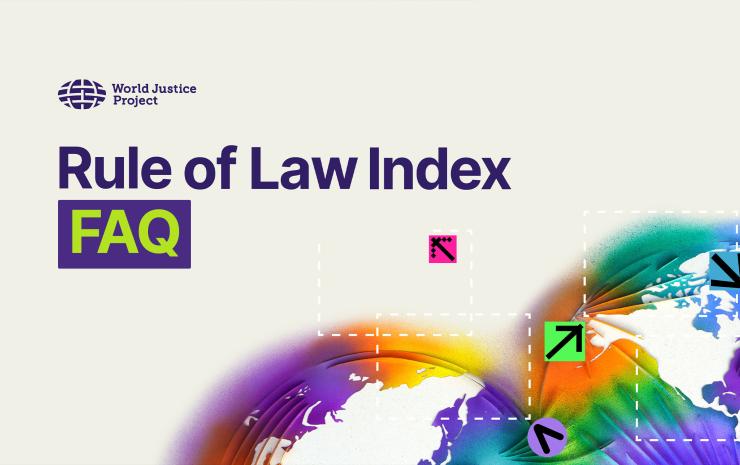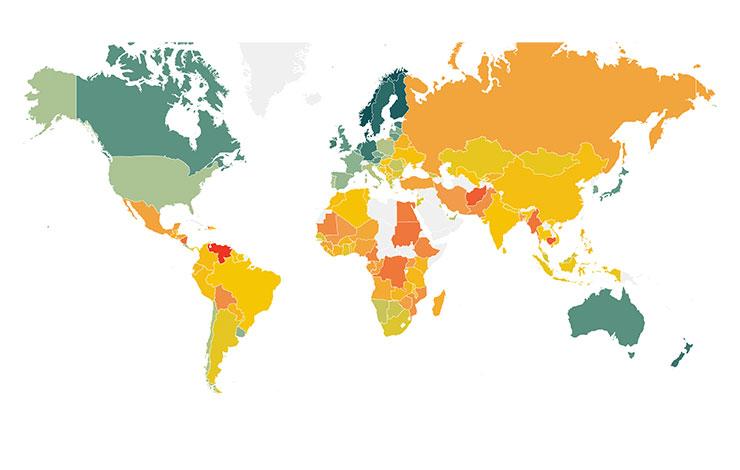
The crime of forced internal displacement is not a new phenomenon in Colombia. It has been a widespread practice in the country’s internal armed conflict for several decades. However, forced internal displacement cannot be reduced to an inherent or unintended effect of the conflict. The armed actors in the Colombian armed conflict—the army and its paramilitary groups, on one hand, and the guerrilla groups, on the other—have used the practice of forced displacement of civilian populations as part of their military strategies to take control of or maintain a presence in certain territories. The practice involves expelling people considered to be an actual or potential part of the social base of the enemy, in order to ensure control of territories and populations. Several of the Colombian army’s manuals on counterinsurgency operations classify the “internal enemy” or “subversive forces” as “armed groups” and “insurgent civilian populations.”
- These manuals order the creation of paramilitary groups to combat the “internal enemy,”
- as well as threatening the “insurgent civilian population” with expulsion from their regions.
- Along these lines, the army has used displacement as a tactic of war within a military strategy of “draining the water to catch the fish”: removing populations from regions it considers to be the social base of the guerrilla groups.
The displacement of civilians has also been part of the paramilitary strategy of dispossession and usurpation of land. And the military operations of the different guerrilla groups have generated internal displacement as well; in certain cases, there are clear indications that some of these groups have used displacement as a tactic of war within a strategy of controlling regions with military or economic value.
Armed actors with military objectives are not the only ones who employ tactics of forced displacement in Colombia’s conflict. Indeed, dispossession of land has been a strategic objective of many actors for a variety of reasons, including economic and political motives. Much of the violence that has affected millions of peasants across the country over the past three decades has been committed in the interest of seizing land for economic, military, and political purposes. The accumulation of land by paramilitaries as well as legal and economic actors—by licit actors, such as domestic and international agribusiness and mining companies, and illicit actors, such as drug traffickers—underlies the Colombian conflict. The accumulation of land is intimately related to the phenomenon of forced displacement. In several cases, actors of the “legal” economy and the illegal economy have provided support to paramilitary groups in their efforts to seize land. This has been denounced by the UN special representative of the secretary-general on the human rights of internally displaced persons in the following terms:
There is a widespread perception among displaced persons that there is no willingness to return land and other property to them and, in some regions of the country, they suspect that while displacement may originally have been caused by armed conflict, the taking over of their lands by large corporations is at least a side effect, if not part of a policy of forced displacement. The Representative heard allegations of lands occupied illegally, either through transfer of titles under duress and for minimal financial compensation or through forgery of land titles. Also, there were numerous allegations that indigenous land and Afro-Colombian collective property were acquired in violation of article 60 of the Colombian Constitution and of Law No. 70.4.
There is a clear connection, then, between internal displacement and the dispossession of land, which paramilitary groups have perpetrated in order to facilitate the accumulation of land by economic actors. As was revealed in criminal investigations in several cases, the pattern of displacement and dispossession is not a mere coincidence, and it explains alliances between paramilitary groups and economic actors.
Click here to read the full paper on Criminal Justice and Forced Displacement in Colombia






